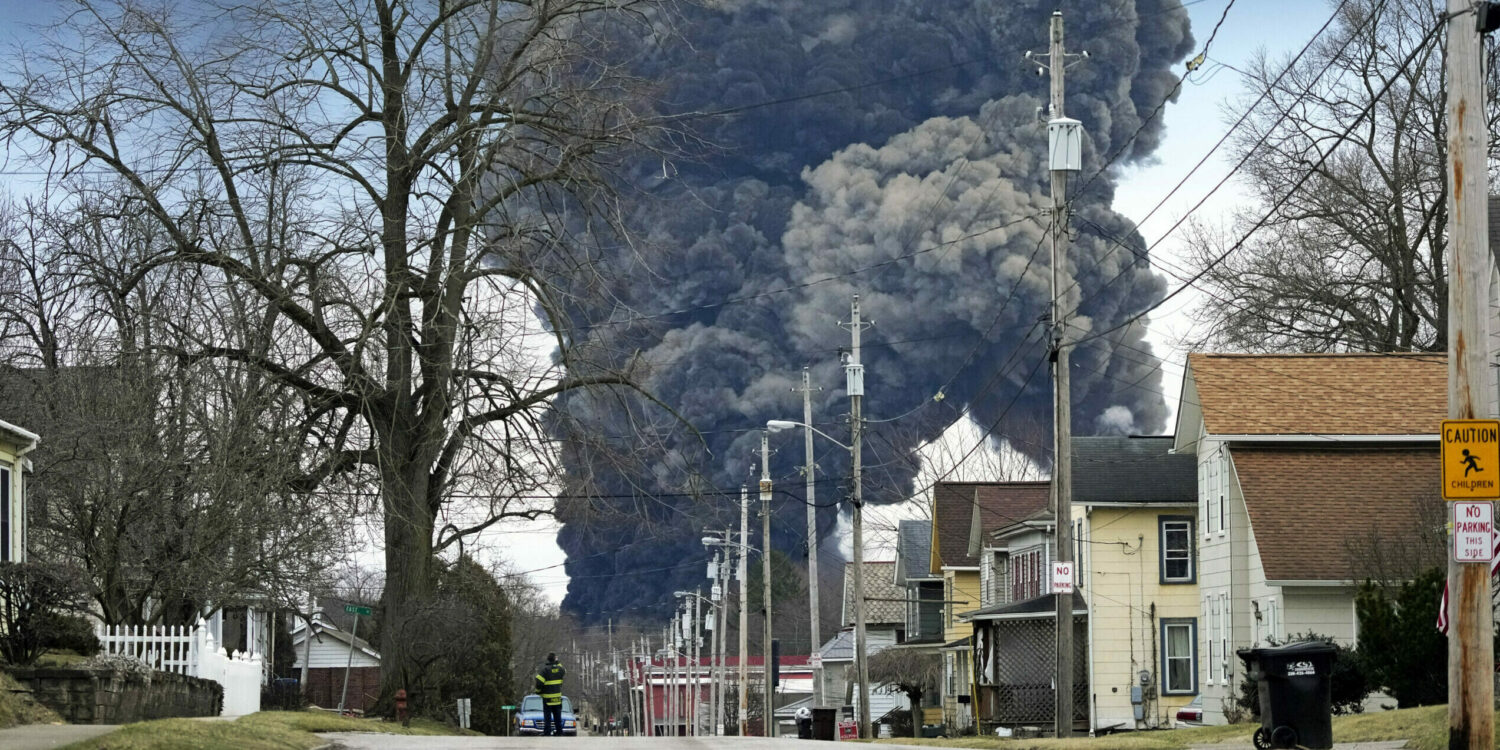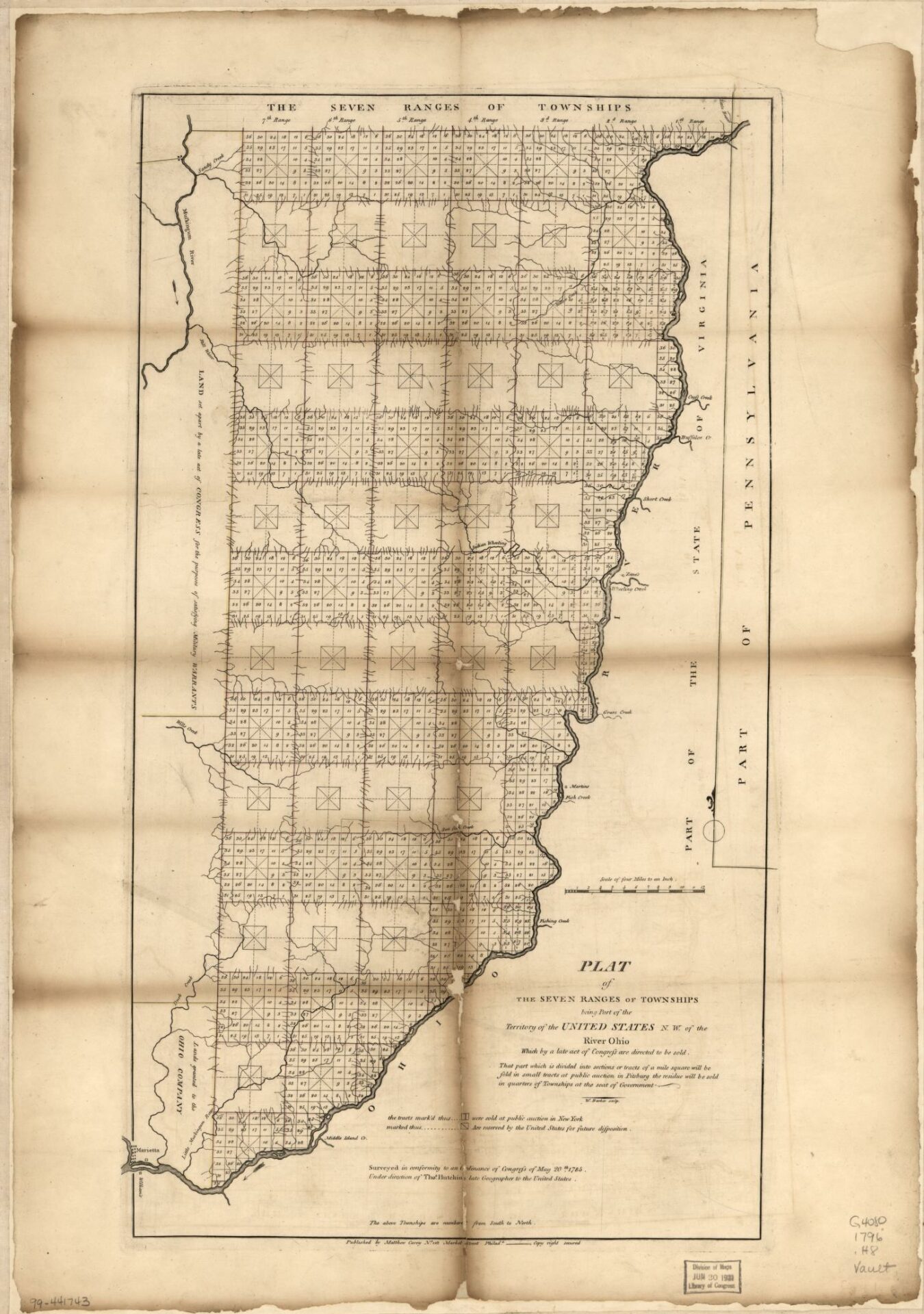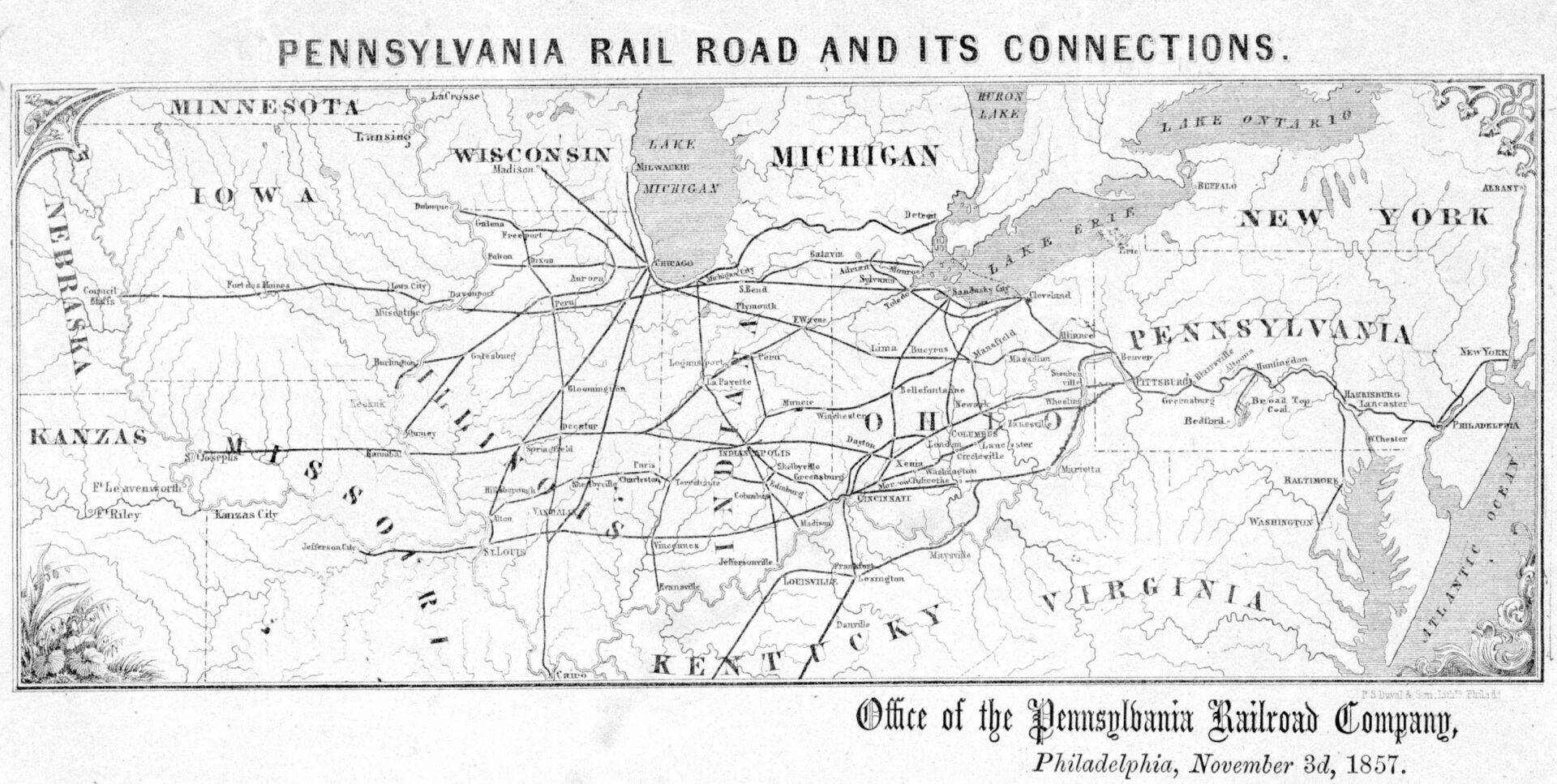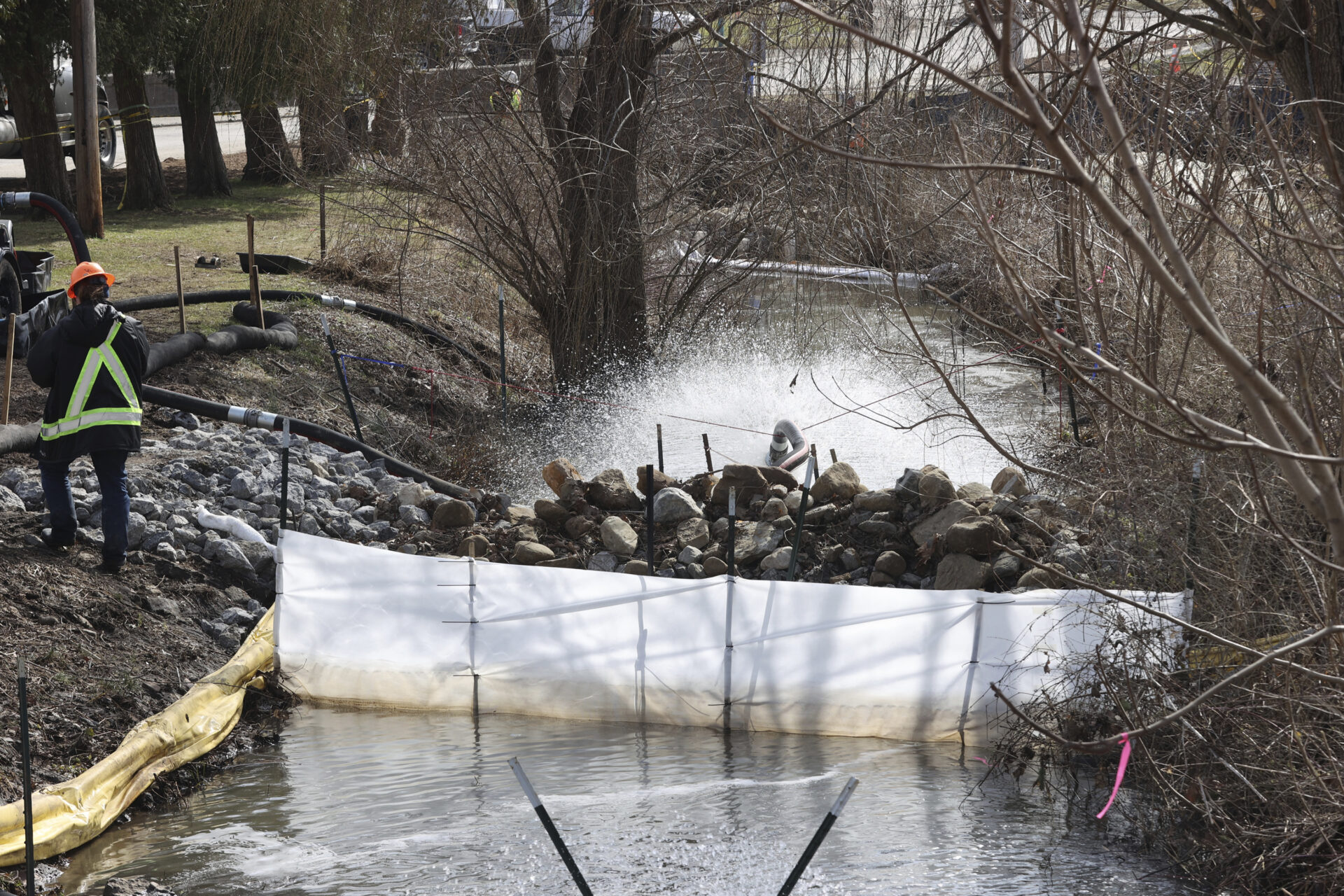In a key chapter of Don DeLillo’s novel White Noise, protagonist Jack Gladney and his family are forced to flee a toxic leak caused by a nearby train derailment. After surveying the derailment with binoculars, the teenage son, Heinrich begins to follow news coverage from a handheld radio broadcasting the incident in a series of evolving descriptions, from a simple “feathery plume,” to an alarming “black billowing cloud,” and finally to an unnervingly ambiguous “airborne toxic event”. The novel shifts into disaster thriller mode when the family hears that “an air mass moving down from Canada” could sway the toxic cloud toward them. Forced to evacuate their home, they are sent streaming into the night, pursued by a toxic cloud, crammed together in the emergency quarters of a Boy Scout camp, vaguely death-sentenced by the swelling black plume.
When White Noise was first published in 1985, this “airborne toxic event” at its centre was eerily prescient. Reviewers at the time were struck by its timeliness, appearing only a month after a chemical leak at a Union Carbide plant in Bhopal killed some 2,500 people. This coincidence verged on clairvoyance when its film adaptation for Netflix aired on 30 December 2022. The story’s Wyoming setting was filmed throughout northeast Ohio, the region where Norfolk’s derailment resulted in a real chemical disaster just weeks after the premiere.
On 3 February 2023, fifty-three Norfolk Southern freight cars derailed in East Palestine near the Ohio-Pennsylvania state border. Four of these cars contained the petrochemical vinyl chloride, among other combustible chemicals. Unlike the fictitious “Nyodene D” in White Noise, vinyl chloride is a known carcinogen used in a variety of hard plastic products. Additionally, the East Palestine disaster was not merely a chemical leak — it was an intentional release. Nearly 2,000 surrounding residents were ordered to evacuate under threat of arrest when crews performed a controlled “vent and burn” of chemicals within the derailed cars to mitigate the potential for an explosion. These deliberately ignited chemicals from five derailed tanker cars sent flames and, in DeLillo’s words, “a dark black breathing thing of smoke” billowing into the sky. The “tabloid future” of White Noise was perhaps not so remote from the experience of East Palestine’s residents turned evacuees.
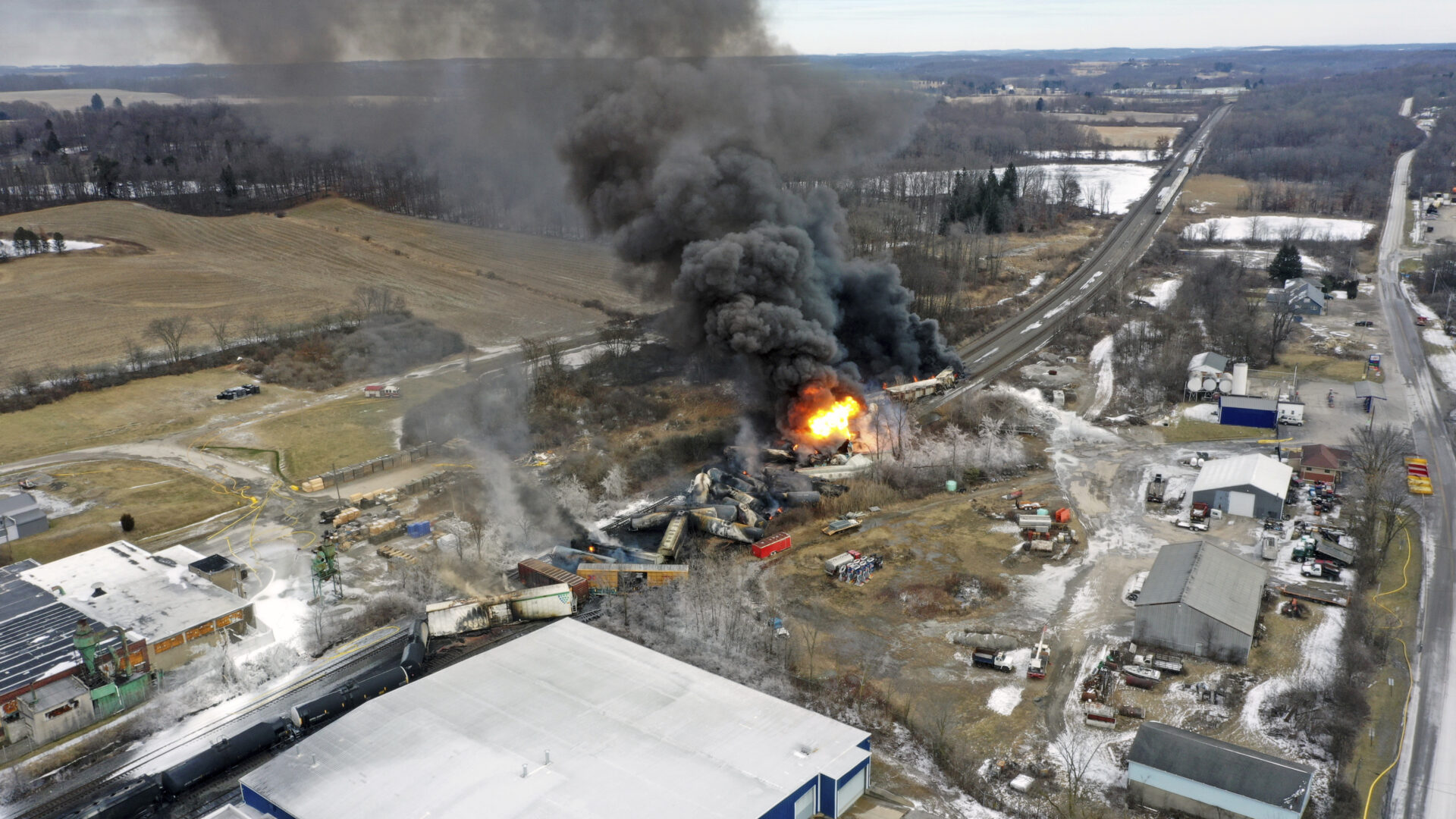
The trains are still on fire at mid-day, Feb. 4, 2023. After toxic chemicals were released into the air from the wrecked train, evacuated residents remain in the dark about what toxic substances are lingering in their vacated neighborhoods while they await approval to return home.
AP Photo/Gene J. Puskar, File
On February 7, the US Environmental Protection Agency (EPA) began working with Norfolk and other responding agencies to develop procedures for “home re-entry screenings” involving in-home air-monitoring and cleaning services to clear residents to reoccupy their homes within the evacuated areas. 578 home screenings were conducted by February 27, allowing some residents to return home despite ongoing cleanup and reports of symptoms indicative of chemical exposure.
This overlap between pollution and what is considered “safe” nonetheless presents a question: How much chemical must enter an environmental, human, or animal body before it is considered “contaminated”? In their book Pollution is Colonialism, Max Liboiron traces an answer to the sanitary engineers Earle B. Phelps and H. W. Streeter, and their work on the pollution and ‘natural purification’ of the Ohio River. In their 1958 study for the US Public Health Service, Phelps and Streeter created a scientific and mathematical model of conditions under which water in the Ohio River could naturally purify itself of organic pollutants. Liboiron writes that the Streeter-Phelps equation, as it came to be known, not only became a hallmark of water pollution science and regulation but also contained within it their theory that pollution occurs at the moment when an environmental body can no longer purify itself. In Pollution is Colonialism, Liboiron calls this relation between a natural body and pollutants the “threshold theory of pollution,” arguing that this threshold requires an unethical entitlement to land in order to assimilate pollution. The structures that allow this full integration of pollution into ecosystems and everyday human lives are based on colonial land relations, the assumed access by colonial settlement to Indigenous lands.
Environmental scientists refer to these thresholds by various names: carrying capacity, critical load, allowable threshold, and so on. But its origin in Phelps and Streeter’s analysis of the Ohio River is another root in the Ohio Valley’s entangled history of environmental distress and colonial dispossession. The upper Ohio Valley in particular has suffered from a long history of unprecedented environmental disasters. The Donora Smog of 1948 remains the deadliest air pollution disaster in US History, and the complex publicity fallout of the infamous 1969 Cuyahoga River fire helped spark the modern environmental movement, to name two. The East Palestine derailment set off endless, ongoing news cycles, many rightfully blaming corporate greed, deregulation, outdated braking systems, and industrial lobbying. But this article won’t belabour these points. Rather, the following takes the briefest slice of history from 1700 to the present to show how the Norfolk derailment is where contemporary infrastructure converges on the site of colonial dispossession. Central to this convergence is the historical role of the Ohio Valley as an important regional transit zone and its land as a testbed for cadastral surveying.
The Ohio River Valley’s waterways have been conduits of diplomacy and cultural exchange for millennia. But by 1700 the region was largely depopulated and became a refuge for three peripheral Indigenous polities: the Algonquin and Wendat (Huron) near the western basin, the Haudenosaunee (Iroquois) beyond the northeast corner of Ohio Country, and the Cherokee south of the Ohio River. While most scholarship on the region is written from a colonial worldview, authors such as Elizabeth Mancke centre the Indigenous perspective, revealing that for five decades, these peoples actively shaped political relations between themselves and colonisers to survive as a distinct pan-native republic through cooperation, trade, and collaboration. In this time, the Ohio Country was more than a ‘vaguely defined’ backcountry but a construct of “geopolitical convergence,” a transition zone of multiple Indigenous political systems. Mancke’s writings show that the resilience of Native peoples in negotiating and fighting for a republic in later years was more than simple allyship; it was anchored in their realisation of political autonomy in the first half of the eighteenth century. But as colonisation took root, new regimes of transportation rewrote these polyethnic networks of hunting grounds and trade routes.
By the late 1700s, colonial settlers encroached on the doorsteps of Ohio, leading to warfare, treaties, and displacement. The end of The Revolutionary War in 1783 sealed American sovereignty in the trans-Appalachian west, where the newly formed United States began establishing policies to administer their colonial territory. Ohio thus became the testing ground for a new surveying method called the Public Land Survey System. This system was legally enacted by the Jeffersonian Ordinance of 1785 to subdivide land as property for colonial possession and ownership. The original land tracts for this system — which now covers the majority of the continental United States — began with a single point located at the intersection of the Ohio-Pennsylvania border and Ohio River. The Norfolk train derailment occurred less than ten miles from this origin point.
This proximity speaks to the historical entanglement between infrastructure, the fabrication of Ohio Country as a regional transit zone, and the erosion of both Aboriginal sovereignty and natural habitat, and this entanglement is precisely what defines contemporary logistics as a territorial regime. Through land subsidies, credit provisions, and federal financing, new transportation systems including the National Road corridor, extensive canal systems, and a frenzy of new railways supplanted pan-Indigenous trade networks, often directly overlapping them. Norfolk Southern emerged from a lineage of mergers with these railways. Norfolk and its competitor CSX Transportation today have a duopoly on transcontinental freight rail in the Eastern US. These corporations and the dense knot of governance and managerial protocols that bind them, circumscribe the nature of modern logistics, its lifecycles, and the simple function of moving commodities from point A to B. On the one hand, Norfolk’s derailment is a failure of these protocols. On the other hand, it’s the triumph of industrial lobbying, namely Norfolk’s successful lobbying campaign in 2018 to repeal Obama-era safety rules requiring new electronic braking systems. These histories reveal several major transformations in Ohio since 1700: from a transition zone of multiple indigenous political systems, to a testbed for land surveying and finally to a geographic sacrifice zone, a region permanently damaged by decisions such as Norfolk’s to “vent and burn” the derailed cars in East Palestine.
Derailments happen all the time. As of this essay, the East Palestine derailment is the eighth major derailment in the greater Pittsburgh region in the last five years. And NPR reports that at least one thousand occurred last year alone in the US. However frequent they may be, most don’t result in disaster, but those that do make the tendency of logistics to accelerate environmental catastrophe even more visible. As architect Marina Otero Verzier observes, logistics is a visual order often obscured by the invisibility of material exchange, yet it happens right in our backyards. The physical spaces of logistics — the low roar of a distant freight train outside your window, the railyard passing by on your commute — is written on the backbone of wars, dispossession, and material extraction. Yet some theorists argue it has potential to do just the opposite. Can logistics be redeemed?
Alberto Toscano’s “counterlogistics,” Shad Dowlatshahi’s “reverse logistics,” and Stefano Harney and Fred Moten’s “logisticality,” among other theories, suggest the capacity to anticipate, exceed, and overcome the damaging effects of logistics. These theories emphasise traditional logistics as an exploitive medium to gain forms of access (e.g., to land, to jurisdictions, to bodies, etc.). For Moten and Harney, the possibility to resist logistics’ damaging effects must occur before such access is gained. Or in Liboiron’s words — before the “threshold” between an environmental entity’s natural capacity to heal from pollution is trespassed. Author Christopher Stone made a similar argument in his 1972 article “Should Trees Have Standing?” when he coined the term environmental personhood, a legal theory stating that environmental entities (such as a watershed or forest) cannot be owned but rather stewarded through a system of federally appointed guardians that would represent them in court prior to their economic valuation as property. Of course, the estimated 3,500 fish of 12 different species that died from the Norfolk derailment’s toxic fallout were appointed no such steward. These alternative concepts of logistics resist contemporary infrastructure’s tendency to suppress our capacities for mutual care and support for the environment.
In White Noise, when the Gladney family arrive at their emergency quarters, they encounter small crowds of people spreading rumours and misinformation about the airborne toxic event. “No one thing was either more or less plausible than any other thing,” Gladney ponders, “As people jolted out of reality, we were released from the need to distinguish.” Norfolk’s environmental disaster in East Palestine is likewise a jolt from a certain reality; that is, the jolt of its management infrastructures out of their streamlined, simulated realities. When these managerial protocols fail, logistics breaks through its simulacra of information management, its cloak of material exchange, and the infinite reproduction of itself as corporate capital.
From where I’m writing in northeast Ohio, the fog of logistics is as thick as the smoke from Canadian wildfires outside my window; it is the only legible image of reality in which I am immersed — in a rental house along the historic trade conduit of the Pennsylvania and Ohio Canal, in a small town that emerged from the rampant land speculation that this canal triggered, in an industrial region that this speculation produced. As Gladney was “released” from the need to distinguish between misinformation and truth, how long before these contaminated landscapes are indistinguishable from healthy areas of nature? And where is the threshold between the two? As natural environments without legal rights fade away in the smoke of capitalist logistics, how long before these disasters become just white noise?
